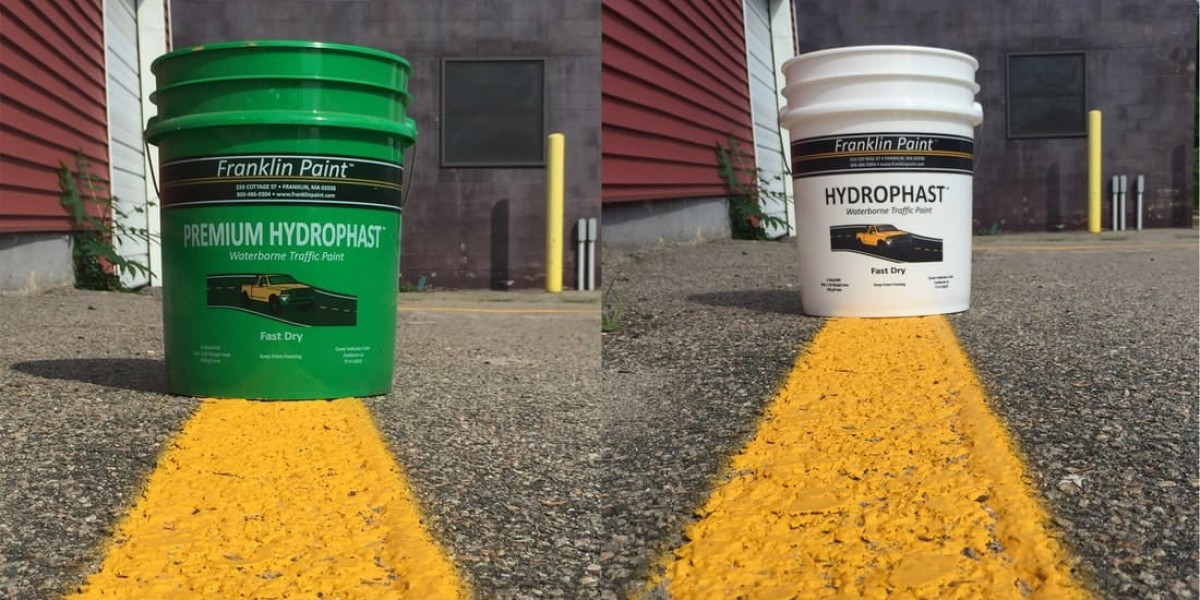Thermoplastic road markings stand as beacons of safety and organization on our roadways, guiding millions of travelers each day with their durable, highly visible presence. These markings, made from a mixture of synthetic resins, glass beads, and pigments, offer unparalleled longevity and reflectivity, ensuring clear guidance in various environmental conditions. In this article, we explore the significance, characteristics, benefits, application methods, and considerations associated with thermoplastic road markings.
1. Understanding Thermoplastic Road Markings
Thermoplastic road markings are a type of pavement marking created by melting a mixture of synthetic resins, glass beads, and pigments to form a molten material. Once applied to the road surface, the material quickly cools and solidifies, forming durable and highly reflective markings that provide clear guidance to motorists, cyclists, and pedestrians. These markings are renowned for their longevity, reflectivity, and resistance to wear, making them ideal for various traffic management applications.
2. Characteristics of Thermoplastic Road Markings
a. Durability: Thermoplastic road markings are highly durable and resistant to wear, abrasion, and weathering. They maintain their visibility and effectiveness over an extended period, reducing the need for frequent maintenance and repainting.
b. Reflectivity: Thermoplastic road markings incorporate reflective glass beads into their composition, enhancing visibility, especially during nighttime driving. These beads reflect light from vehicle headlights, increasing the visibility of markings and improving overall safety on the road.
c. Color Stability: Thermoplastic road markings maintain their color stability over time, ensuring consistency and uniformity in road markings. UV-resistant pigments are often used to prevent fading and ensure that markings retain their vibrant colors throughout their lifespan.
3. Benefits of Thermoplastic Road Markings
a. Longevity: Thermoplastic road markings offer unparalleled longevity compared to traditional paint markings. They withstand heavy traffic, harsh weather conditions, and regular maintenance activities, providing long-lasting guidance to road users.
b. Visibility: The reflective properties of thermoplastic road markings ensure high visibility, particularly during low-light conditions. This enhances safety for motorists, cyclists, and pedestrians by improving awareness and reducing the risk of accidents.
c. Efficiency: Thermoplastic road markings can be applied quickly and efficiently using specialized equipment. Once applied, they cure rapidly, allowing for minimal disruption to traffic flow and reduced downtime for road maintenance.
4. Application Methods
Thermoplastic road markings are typically applied using specialized equipment known as thermoplastic road marking machines. These machines heat the thermoplastic material to a molten state and apply it onto the road surface using extrusion or spray techniques. The material quickly cools and solidifies, forming durable and highly visible markings.
5. Considerations for Optimal Use
a. Surface Preparation: Proper surface preparation is essential for ensuring adhesion and longevity of thermoplastic road markings. Surfaces should be clean, dry, and free from debris, oil, and other contaminants before application.
b. Weather Conditions: Thermoplastic road markings should be applied in favorable weather conditions, such as dry and moderate temperatures, to ensure proper adhesion, drying, and curing of the material.
c. Regulatory Compliance: Thermoplastic road markings should comply with relevant standards and regulations governing pavement markings, including dimensions, colors, and placement guidelines.
Conclusion
In conclusion, thermoplastic road markings play a crucial role in enhancing safety, organization, and efficiency on our roadways. With their durability, reflectivity, and efficiency, these markings provide clear guidance to motorists, cyclists, and pedestrians, contributing to safer and more orderly streets for all. By understanding the significance, characteristics, benefits, application methods, and considerations associated with thermoplastic road markings, transportation authorities and road marking contractors can ensure the effectiveness and reliability of road markings, ultimately enhancing road safety and improving the overall transportation experience.



